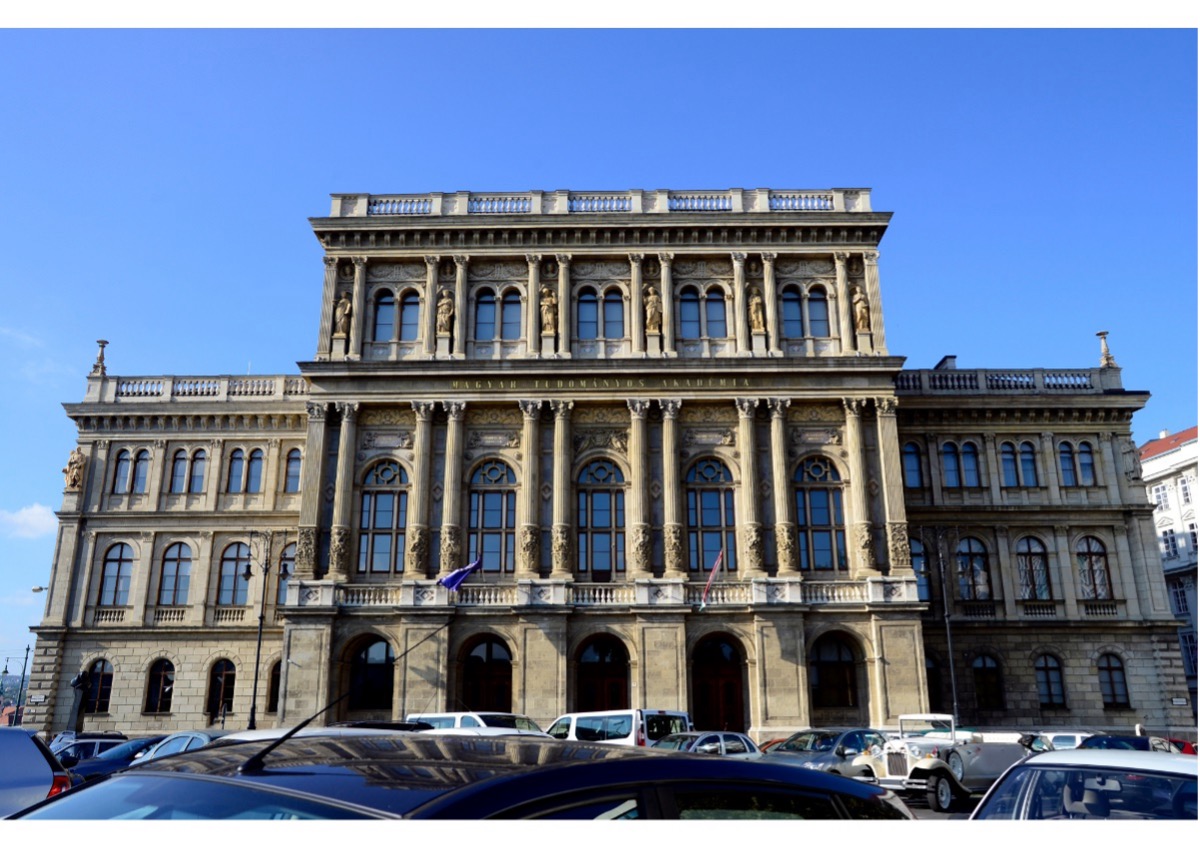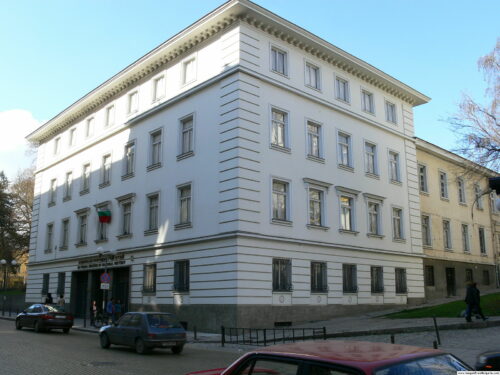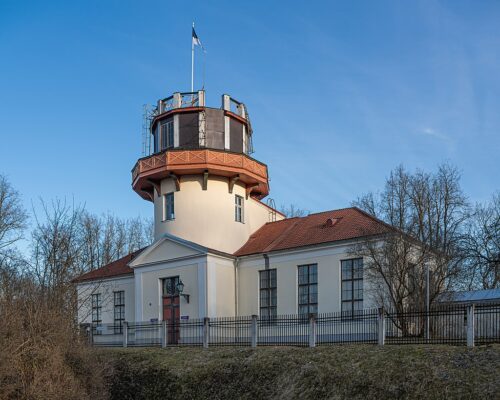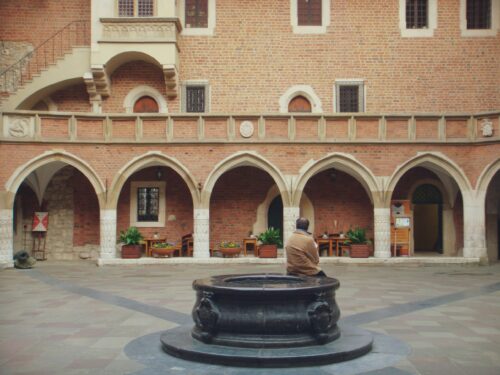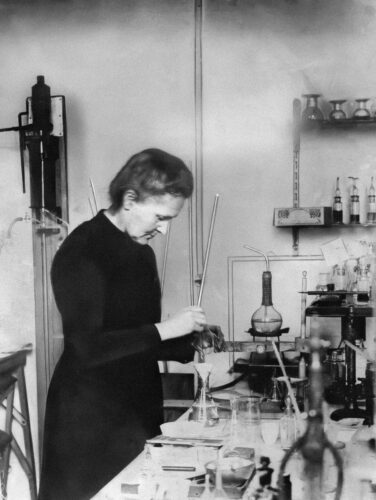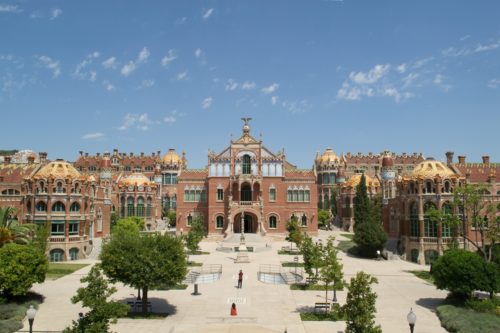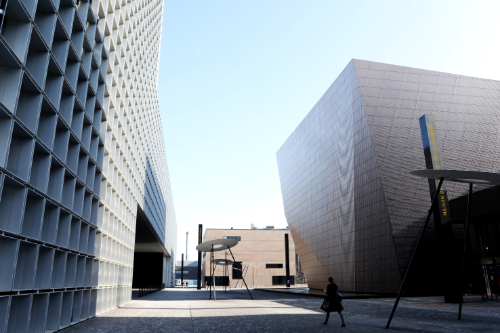A romantic evening stroll along the Danube is a must for almost every visitor to Budapest. Among the many magnificent buildings on the banks, two stand out in particular: the majestic Parliament building, the symbol of the Hungarian capital, and the particularly artistically designed Hungarian Academy of Sciences. Inaugurated almost 160 years ago, it is the oldest building on the banks of the Danube in Budapest. Architecture buffs will immediately recognise the 19th-century neoclassical architecture, designed by architect Friedrich August Stüler, who also designed the Berlin National Gallery.
But the tranquil atmosphere is deceptive. What hardly any strollers suspect is that a real power struggle has recently taken place behind the scenes of the two buildings – between politics and science.
The Academy is considered the largest and oldest scientific institution in Hungary. It is an important symbol of research in the country, and some of its members have won the Nobel Prize, most recently Katalin Karikó, who received the Nobel Prize in Medicine in 2023 for her work on the basis for the development of the mRNA vaccine. In addition to research, the Academy is also supposed to independently advise Hungary’s politicians on scientific matters. In theory. In 2019, a law was approved in the neighbouring parliament building at the suggestion of Viktor Orbán’s right-wing nationalist government that jeopardises the independence of the academy and Hungarian science as a whole. As a result, instead of people going for a walk, you could see more and more demonstrators: researchers and students took to the streets in protest.
Photo: Hungarian Academy of Sciences. Credits: Canva.
